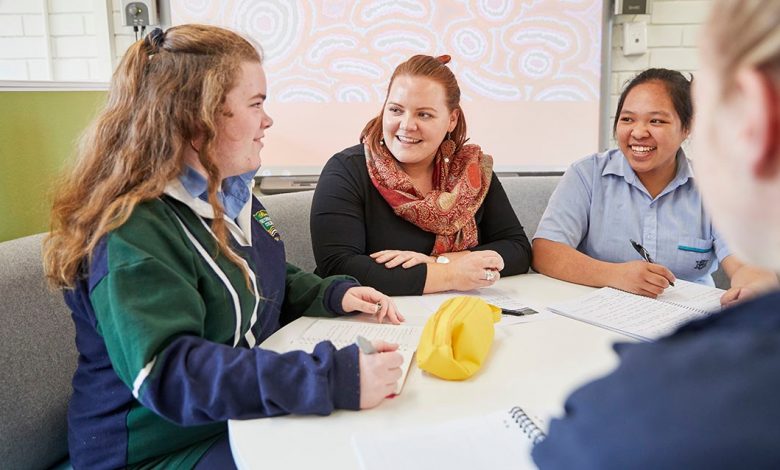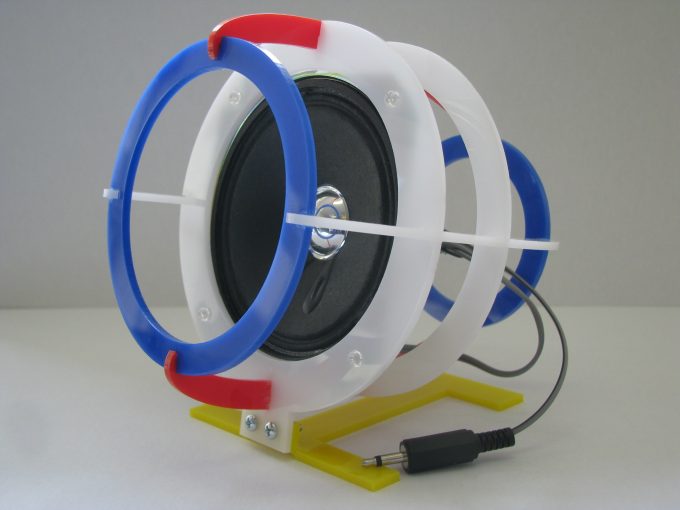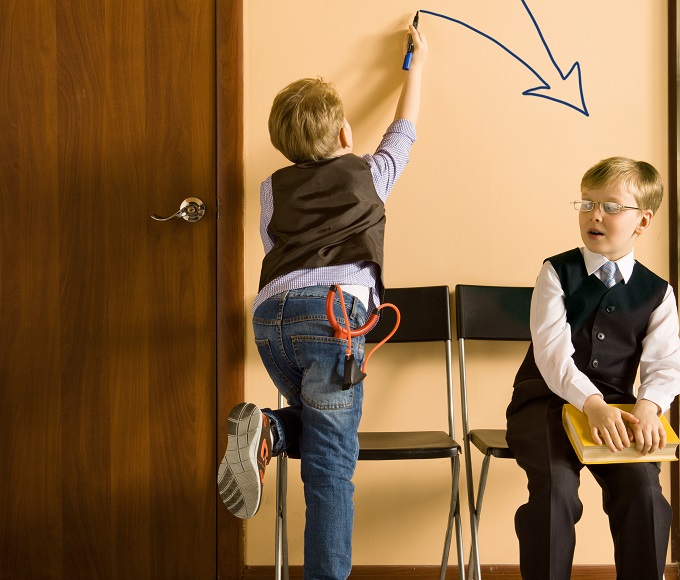
After nine weeks of disruption, students started returning to full-time, face-to-face learning at school on 25 May and teachers have focused on getting students into a new routine and assessing the impact of the disruption on student progress and wellbeing.
John Hattie, Laureate Professor at Melbourne Graduate School of Education, told Secretary Mark Scott in the Every Student Podcast that we can learn a lot from the period students have spent learning remotely at home.
“It’s kind of like an unplanned experiment as we’ve asked teachers to take on an incredible load and switch to a new way of teaching,” Professor Hattie said.
“I’m pretty optimistic that we’re going to make a full recovery from this, and in many cases, there is going to be even some benefits from what’s happened.”
Professor Hattie has previously examined the impact of disruption on student learning when schools close, researching examples of the 2011 Christchurch earthquake and Hurricane Katrina which hit New Orleans in 2005.
“In many of those cases the actual students did better in the year in which they had the disruption,” Professor Hattie said.
“During these times, teachers take on a much more refined focus on individual students and following them through.
“After the Christchurch earthquake, the performance went up. Sadly the year later it went back down again as they went back to the normal.”
As teachers quickly adapt and learn to deal with the “new normal”, Professor Hattie hopes educators spend time diagnosing what students have learned, continue listening to them and foster the critical skill of self-regulation.
“It’s that ability to know what to do when you don’t know what to do,” he said.
“It’s the ability to seek and ask for help and not just sit there and let the river go over you.
“We’re finding quite positive things have been happening during COVID with kids who have that skill,” Professor Hattie said.
Teachers also have the ability to offer students coping mechanisms and strategies to deal with and manage the stresses of the pandemic as families face enormous levels of economic pressure and uncertainty.
But school leaders and teachers need to be aware of their own health and wellbeing, too.
“I don’t think there’s any easy answer but I think that’s the thing we have to worry more about than the children passing on COVID-19,” Professor Hattie remarked.
As teaching becomes more collaborative with new graduates entering the profession, Professor Hattie believes schools that work together and have built professional learning communities will be more successful as they come through the pandemic.
The COVID-19 pandemic has also helped remind society that the teaching profession is one full of expertise and should be held in esteem with high standards.
“We have to remind parents, voters, politicians and the press that teaching does have an incredible amount of expertise,” Professor Hattie said.
“That expertise we need to value, we need to nurture and we need to capture.”
Listen to the full episode now:
Read the transcript of Every Student Podcast: John Hattie.







